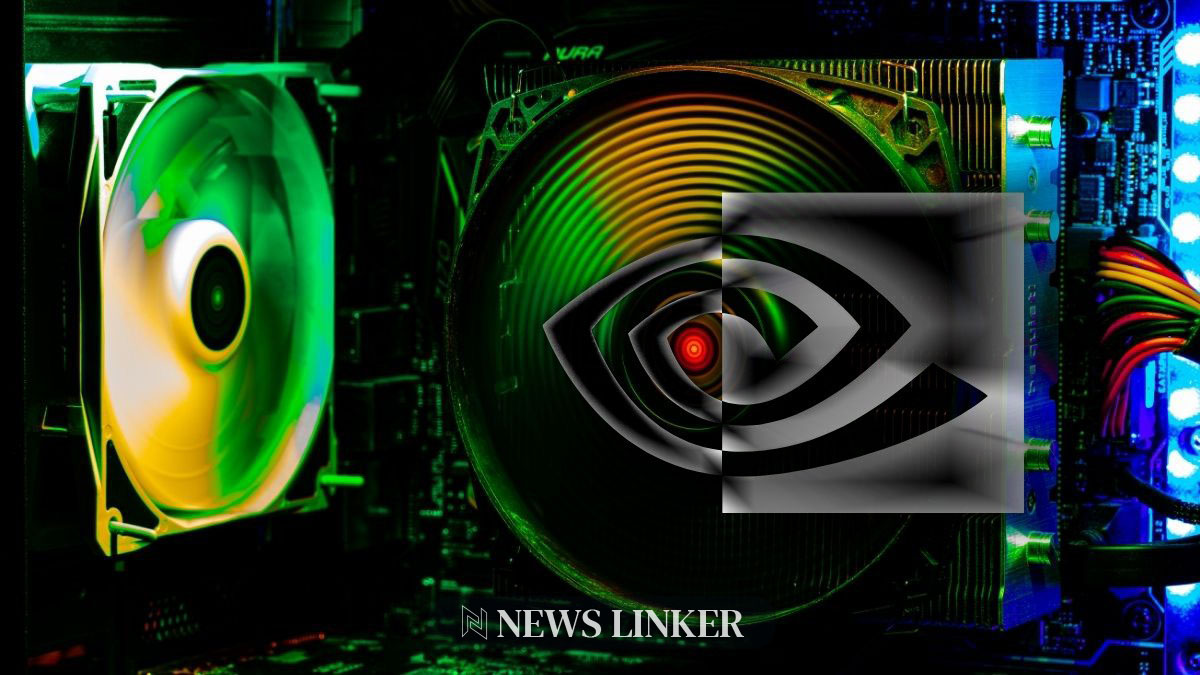In light of recent discoveries, Nvidia has issued a critical advisory urging users to update their graphics drivers promptly. The company has identified severe vulnerabilities within its driver software that could allow attackers to escalate privileges, manipulate data, or cause denial of service. This call to action highlights the ongoing risks in the digital ecosystem and serves as a reminder that maintaining current software is not just about accessing new features but also about ensuring system security.
Identifying the Risks
Nvidia’s internal audits uncovered a range of vulnerabilities across both Windows and Linux systems, with varying degrees of potential impact. These flaws, if exploited, could grant attackers substantial control over affected machines. Prompt patching is necessary to seal these security gaps and protect users from the unwanted consequences of a potential system breach.
Scope of Affected Systems
The spectrum of affected products is broad, encompassing both older and the latest GPU models. This wide-reaching concern indicates that millions could be at risk, considering Nvidia’s significant market share in the GPU industry. Users of all stripes, from gamers to professionals relying on Nvidia GPUs, must heed the company’s advice to update their drivers without delay.
In the context of Nvidia’s recent announcement, other tech entities have also flagged vulnerabilities in their systems. An article titled “Critical Security Flaws Found in AMD Radeon Graphics Software” from The Hacker News describes how AMD, Nvidia’s competitor, similarly discovered security issues that could potentially compromise user systems. This highlights an industry-wide challenge of addressing software vulnerabilities. Furthermore, Engadget’s “Intel Issues Patches for Security Flaws in Chips” sheds light on Intel’s struggle with chip-level security flaws, demonstrating that hardware vulnerabilities remain a critical concern across the board. These external insights underscore the importance of Nvidia’s advisory and the pervasive nature of security risks in the tech industry.
The Urgency of Software Updates
The urgency with which Nvidia has communicated this issue is notable. By providing specific advisories related to each vulnerability and the associated risks, Nvidia underscores the immediacy required in addressing the flaws. The company has made the updated drivers available on its official website, simplifying the process for users to obtain the necessary software to protect their systems.
While Nvidia has taken a proactive stance in managing the vulnerabilities within its driver software, the implications for cybersecurity as a whole are significant. This situation serves as a stark reminder that companies and individuals alike must remain vigilant about software and hardware security. It is not only in the interest of safeguarding personal data but also in preventing the larger threat of systemic cyberattacks that could have widespread repercussions.
The ongoing dialogue about cybersecurity is echoed in expert analyses that provide broader context and underscore the need for constant vigilance. Studies from leading cybersecurity firms, as referenced in Forbes’ “The Ongoing Cybersecurity Risks in the Semiconductor Industry,” and Computer Weekly’s “Cybersecurity in 2023: The Risk Landscape for Businesses,” offer insightful examinations of the current challenges surrounding cyber threats. They emphasize that staying ahead of threats is an ever-evolving task that requires attention to the latest advisories and updates.










